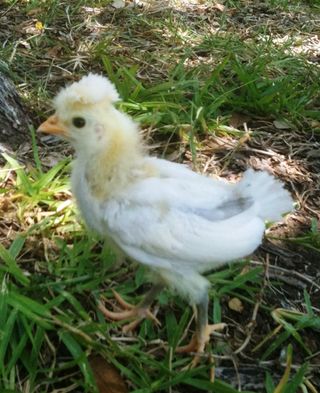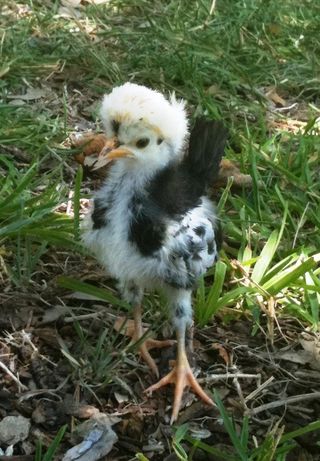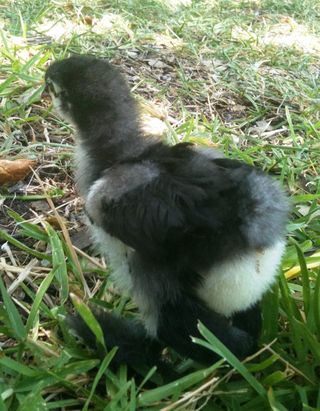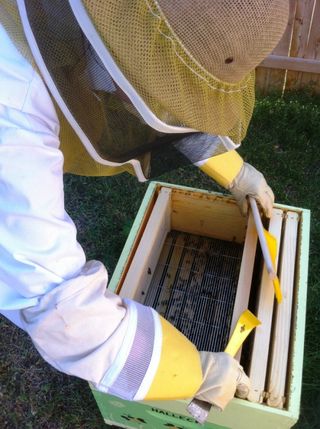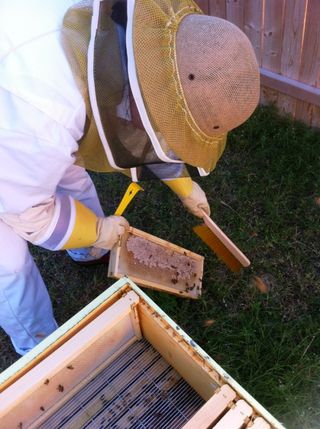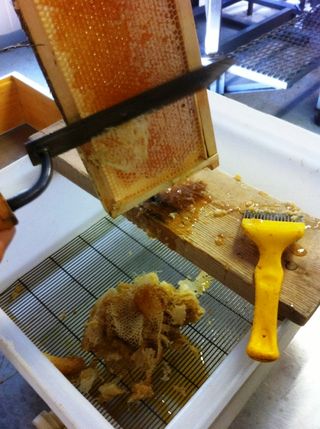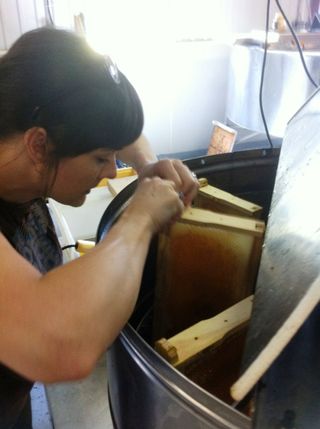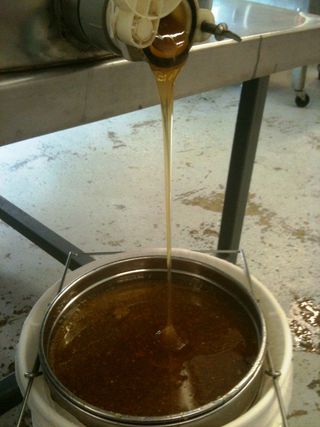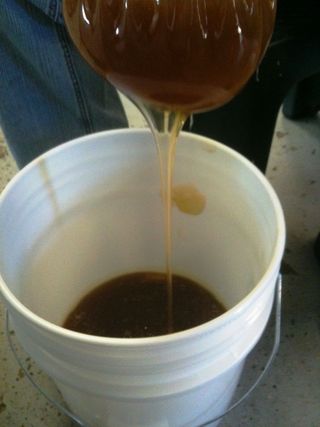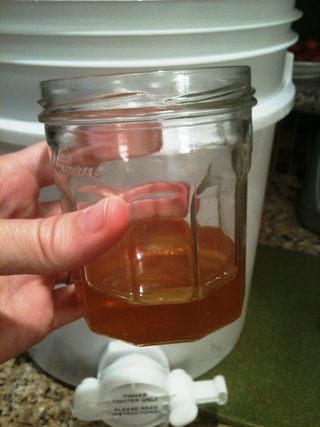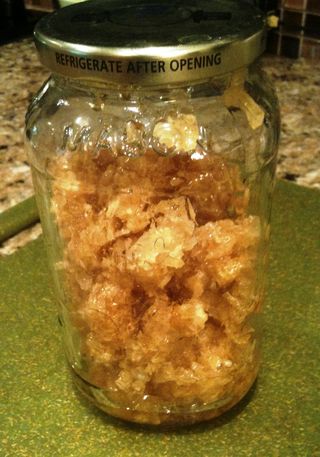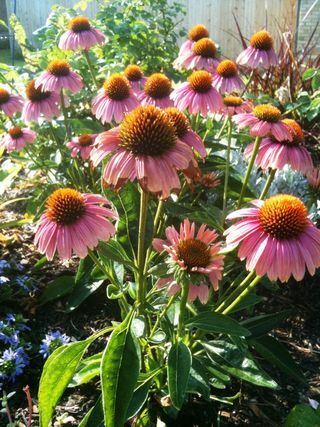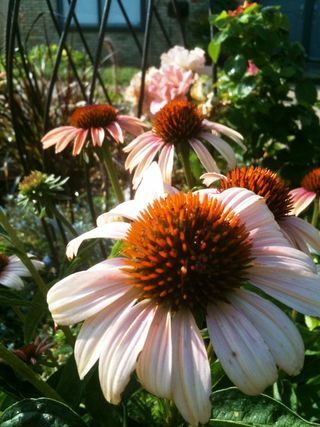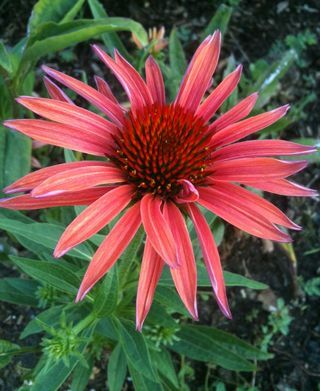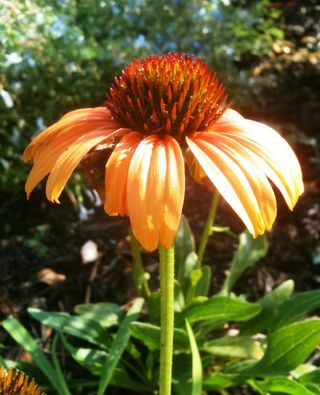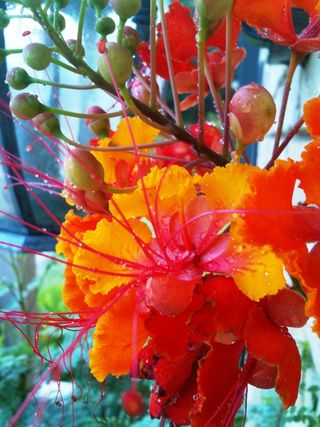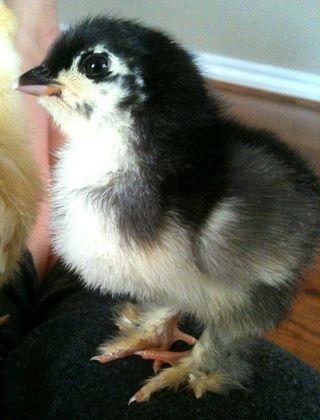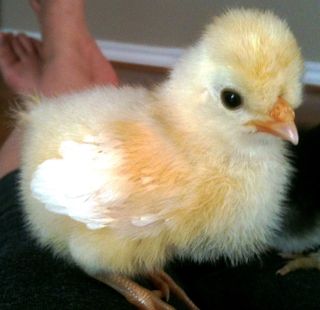We are experiencing record heat and drought. As a result, many established trees, shrubs and lawns are suffering. Plants may look chlorotic or even losing leaves. Especially new plantings (1-2 years old), or less adapted plants such as Japanese maples or Dogwoods. If you think you can't lose a large established shade tree in this weather, think again. Not to mention, the stress of this drought will effect the tree's health for years to come and has a compounding effect.
Frequent,shallow watering contributes significantly to plant stress this time of year. Watering your established turf and landscape for 5-10 minutes a day is the absolute WRONG way to water. Established plantings need 1" worth of water weekly. A deep watering 1-2 times per week is much more effective than a short, daily watering, which will damage root systems and waste water to evaporation.
Realize, of course, that smaller herbaceous plants and annuals will require supplemental hand watering in addition to your sprinkler system, because they have much smaller and shallower root systems.
New plantings will require supplemental watering in addition to your sprinkler system. Water should saturate at least 6" deep. Gator bags are a great way to keep newly planting trees watered.
Some people promote that you should stop watering all together during a drought like this. Problem is, allowing shade trees and shrubs to die will only result in massive increases in energy usage to cool your home. Allowing turf to die will result in soil erosion. Replacing the plant material, which is ineveitable, will cost more in $ and resources to get the new plants established. Watering properly will cut down on waste and preserve the landscape we have.
Remember, DFW is not a desert climate. It is grassland prairie and Eastern hardwood forest. Planting "desert" plants won't solve your problem. The 20" of rain we can get in the spring, or the 10" we get in fall, will rot those plants quickly. Not watering will not help in the advancing desertification process that we are starting to experience in Texas, it will only make it worse. Cities feel the heat worse due to the high concentration of contrete and metal which can raise our temps a good 10-15 degrees. Shade trees and shrub/turf plantings are key to holding down temperatures, reducing cooling costs and reducing pollution.
Mind your watering restrictions where you live. Even if you are only allowed to water once per week, one solid deep watering per week is enough to keep your established landscape healthy. 10 mintues won't do the job.
Addendum: So how long to water your landscape?
It really depends on your individual landscape, irrigation system, hand watering etc. The easiest way to "audit" how much you need to water in order to get the equivalent of 1" worth of rainfall per week, is to get several tuna cans and place them in different areas of your sprinkler zone - or where you put out sprinklers. Run the irrigation until you get 1" of water in the can. That's how long you'll need to run it. HOWEVER, in very dry or clay compacted soils, sometimes your landscape can't take in that much water at once without run off. So you may have to split the time into 2 cycles. For example, if you see run off after 20 min, but you've only got 1/2" of water in the can, then what you'll want to do is irrigate for 20 min, then let it rest, then wait about 1 hour and do the remaining 20 min (so an A and B cycle on your system) or split up your hand watering.
When it comes to using soaker hoses or drip irrigation, you have to run those systems much, much longer. That's a big mistake people make with soaker hoses - they run them for the same time they would a sprinkler, which will result in even less saturation. Soaker/drip systems put out a much lower volume of water, but over a longer period of time, which can really reduce waste and help plants absorb all the water they need. But if you run your sprinkler for an hour, you may need to run the soakers for about 6 hours. You'll just need to see how long it takes to saturate at least the top 6" of soil.



